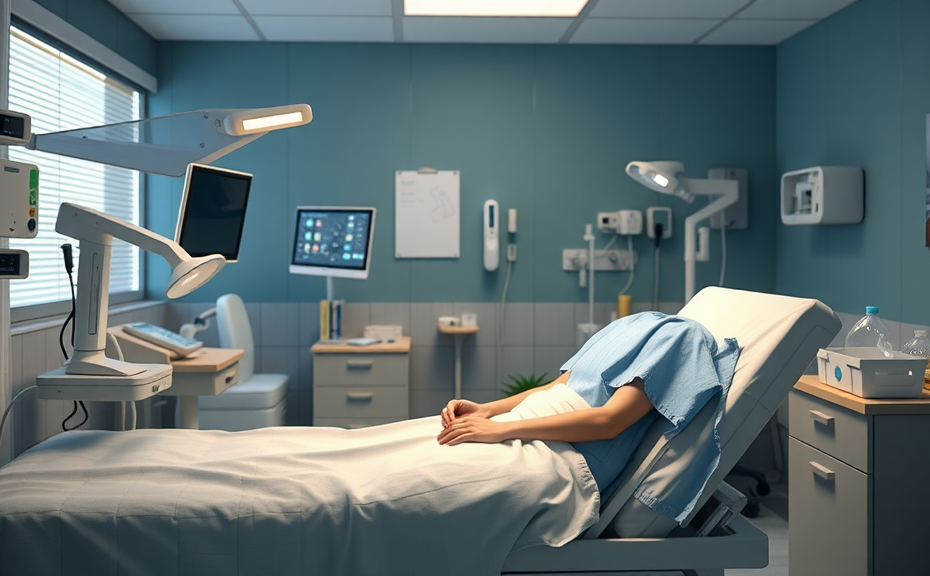Ergonomics in healthcare is increasingly recognized as a critical component for enhancing the efficiency, safety, and well-being of both patients and healthcare professionals. By analyzing the interactions between people, equipment, and environments, ergonomics helps to minimize the risk of injury and improve the delivery of care.
One of the primary benefits of ergonomics in healthcare is the reduction of workplace injuries among healthcare workers. By applying ergonomic principles, facilities can design workspaces that accommodate the physical demands of tasks, thus promoting safer lifting techniques, proper posture, and the use of assistive devices. This is particularly essential in environments like hospitals and nursing homes, where nurses and caregivers frequently perform manual handling tasks.
Implementing ergonomic solutions, such as adjustable beds, lift devices, and proper workstation setups, can significantly enhance patient care. These solutions enable healthcare professionals to devote more time to patient interaction rather than struggling with rigid equipment or experiencing musculoskeletal stress. Moreover, research suggests that improved ergonomics can lead to higher job satisfaction, reduced absenteeism, and a lower turnover rate among staff.
Furthermore, the design of medical tools and equipment also plays a vital role in ergonomics in healthcare. Instruments that are user-friendly, lightweight, and appropriately designed can help reduce the strain on healthcare workers while increasing the accuracy and safety of medical procedures. Ergonomics should also extend to patient interaction areas; comfortable seating and accessible arrangements can enhance the patient experience, leading to better therapeutic outcomes.
In conclusion, investing in ergonomics in healthcare is crucial for creating a safer, more effective, and humane environment for both patients and staff. By prioritizing ergonomic designs and practices, healthcare facilities can promote well-being, reduce injury risks, and foster better overall healthcare delivery.
